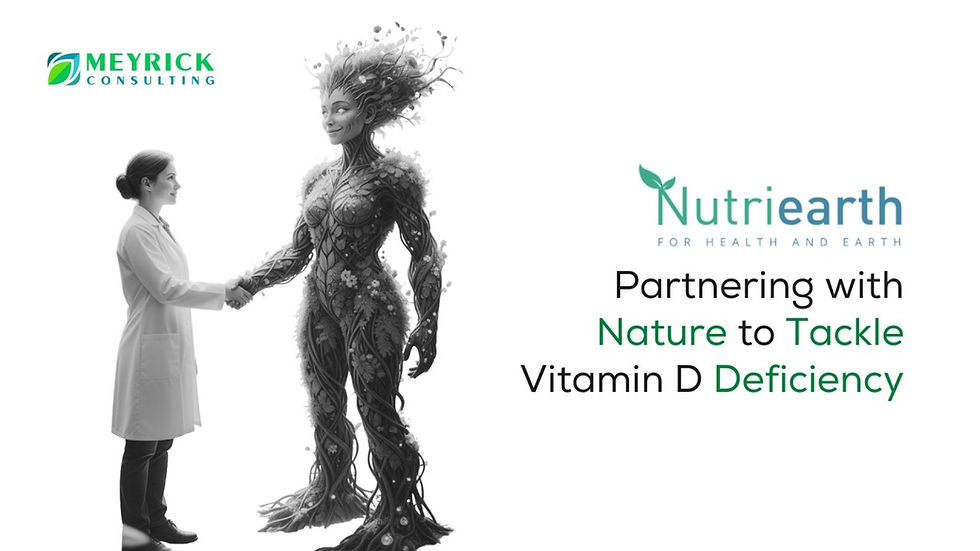Mission: Impossible Fat – The (Fake) Bacon Revolution
- mike28392
- Aug 15, 2025
- 4 min read

Where’s the (Cultivated) Fat?
You know what alt-meat really tastes like? Regret. Regret and freezer burn. For all the fancy packaging and plant-powered promises, most meatless burgers chew like gym mats and taste like disappointment. It's not the peas' fault or the soy. It's the lack of grease. The hot, savoury, mouth-coating fat that makes your mouth water before you even take the bite.
But Mission Barns just brought it back. Not with bacon, but with science. They’re growing real pork fat – cell by cell – in sleek, steel tanks. No pigs, no slaughter, no compromise. This is about reclaiming what made it craveable in the first place.
The Science Bit (Lightly Grilled)
Let’s clear one thing up. Cultivated fat is not a gimmick. It doesn’t come from weird chemical reactions or lab-grown confusion. It starts with a tiny biopsy from a pig, grown in a nutrient-rich tank until it becomes something astonishingly close to traditional pork fat.
And here's where it gets clever. Unlike muscle cells, which are fussy and need support structures to develop properly, fat cells are easy-going. They grow suspended in liquid, content and undemanding, making the production process less complicated and more scalable.
Why Fat is the Holy Grail?
But why all this effort just for fat? Well, here’s the truth: fat is a carrier of flavour, aroma, and emotion. The moment you start cooking meat, it’s the fat that does the heavy lifting. It caramelises, releases flavour compounds, traps spices, and sends a signal to your brain that something good is coming.
Plant-based meats, for all their clever engineering, have often overlooked this. The result is a category filled with products that taste like they’re trying too hard. Additives, excess salt, artificial flavour enhancers – all standing in for what a spoonful of fat would do naturally.
Mission Barns has taken that head-on. By using cultivated fat, they’re creating products that need fewer flavourings. They can cut salt without cutting taste. They can make burgers juicier without vegetable oils that leave an odd aftertaste. And because they control the feed, they can fine-tune the nutrition too, adding more omega-3s, less saturated fat.
So What? What This Means for the Industry...
Let’s talk about impact. For food brands, this is a chance to unlock new product lines with genuine consumer appeal. No more apologising for taste. With a licence to use cultivated fat, alt-meat producers can finally compete on what matters most: flavour.
For ingredient makers, a whole new world opens up. Customised fats for grilling, baking, or emulsifying. Variants with built-in seasoning profiles. Tailored fat blends for everything from nuggets to pâté.
And the consumers will get products that taste like food again. Better tasting alt-meat means more people swapping it in. That’s good news for emissions, land use, and resource efficiency.
Still, scaling remains a hurdle. Bioreactors aren’t cheap, and the early batches will be limited. But even without mass-scale output, Mission Barns can make this work by selling to other producers. They don’t need to own the whole burger. Just provide the part that makes it delicious.
The Future’s Greasy (In a Good Way)
This is just the start. The future of alternative protein will be built by a growing cast of specialists, each solving flavour gaps one ingredient at a time. Not with a single hero product, but with smart, targeted breakthroughs that stack up to something better.
Mission Barns cracked fat. Someone else will figure out cultured chicken skin. Or beef marrow. Or salmon oil without the ocean guilt. Each breakthrough adds another tool to the food developer’s bench.
And fat won’t stay boxed in meat. It has a ticket to every corner of the kitchen. Pastries that flake without butter. Plant-based cheese that finally melts. Sauces that coat the tongue with real depth. Fat runs the show in food, and cultivated fat could run it better.
How to Get Involved - “Grease the Wheels”
If you’re in food manufacturing, now’s the time to run a pilot. See what cultivated fat does to your flagship product. Rethink your ingredient list. Can you drop an additive and swap in the real flavour? Can you shorten your label without short changing your taste?
Startups should build around this input. If Mission Barns is selling pork fat, someone needs to turn it into dumplings, charcuterie, or next-gen meal kits. Taste-first products that don’t hide behind marketing.
If you’re anywhere in the supply chain, keep watching. The ones making the feed, the vessels, the flavour carriers… they’re going to be critical. This is about what happens when we stop pretending food can be fixed with extracts and emulsifiers and start using real building blocks.
Pig-Free But Plenty Punchy
All in all, cultivated fat is a smart solution. It helps alt-meat find its flavour, its identity, and a path forward that doesn’t compromise on taste. Mission Barns focused on indulgence, but did it with purpose. No animals involved, no gimmicks, just real fat designed for real food.
Until next time, keep your taste buds curious and your R and D team greasy.
Mike




Family-owned operations bring a personal touch to every project. Their reputation depends on roof shingles repair honest service and reliable outcomes. Clients appreciate their dedication, attention to detail, and willingness to go beyond expectations for lasting satisfaction.
Healthcare provider referrals guide many people in how to get tirzepatide, cost of semaglutide particularly when family doctors connect patients with specialists. Referrals ensure patients receive informed evaluations and tailored care recommendations before starting advanced injectable therapies.
Travelers often seek diversity when exploring a city, and Amsterdam delivers on every front. With numerous exploring Amsterdam by boat, visitors can mix art, history, relaxation, and fun into their schedules.